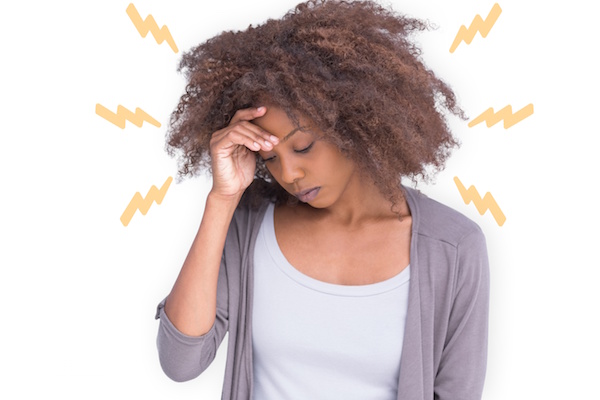Headaches
There are a number of different headache types without known causes. Migraine is a common primary headache disorder In the United States, approximately 18% of women and 6% of men had at least one migraine attack in the previous year. Migraine is often a one-sided, throbbing headache accompanied by nausea, vomiting, and/or sensitivity to light and sound. At SPINE OPTIONS we see various patients that have headaches that originate from the Cervical Spine. We also see patients that have classic headache disorders. A full evaluation is implement and treatment is available from both a pharmacologic and therapeutic approach.
Some examples of headache disorders classified by the International Headache Society include:
Migraines
- Migraine without aura (formerly called “common migraine”):
A migraine without the visual disturbance associated with an “aura”. - Migraine with aura (formerly called “classic migraine”):
A migraine in conjunction with a visual or sensory disturbance. - Menstrual migraine:
Menstrual migraine is defined as an attack occurring 1 day before and up to 4 days after the onset of menses. Migraine attacks occur around the menses in 60% of women.
Chronic Migraines
- Migraine headaches occurring on more than half the days.
Tension-type headache (“ordinary headache”)
- A headache previously known as a “stress headache” or an “ordinary headache”.
Cluster Headache
- A severe headache that affects predominantly men, although women can also be affected. Attacks are briefer and more frequent than migraine, are strictly one-sided, and usually occur in clusters that last for weeks, months, or years.
Medication overuse headache
- Headaches that are worsened by overusing acute pain medications.
Persistent Daily Headache
- A headache previously known as a “stress headache” or an “ordinary headache”.
Hemicrania Continua
- Continuous one-sided headaches.




